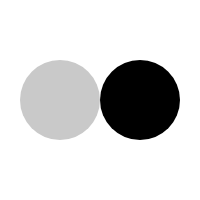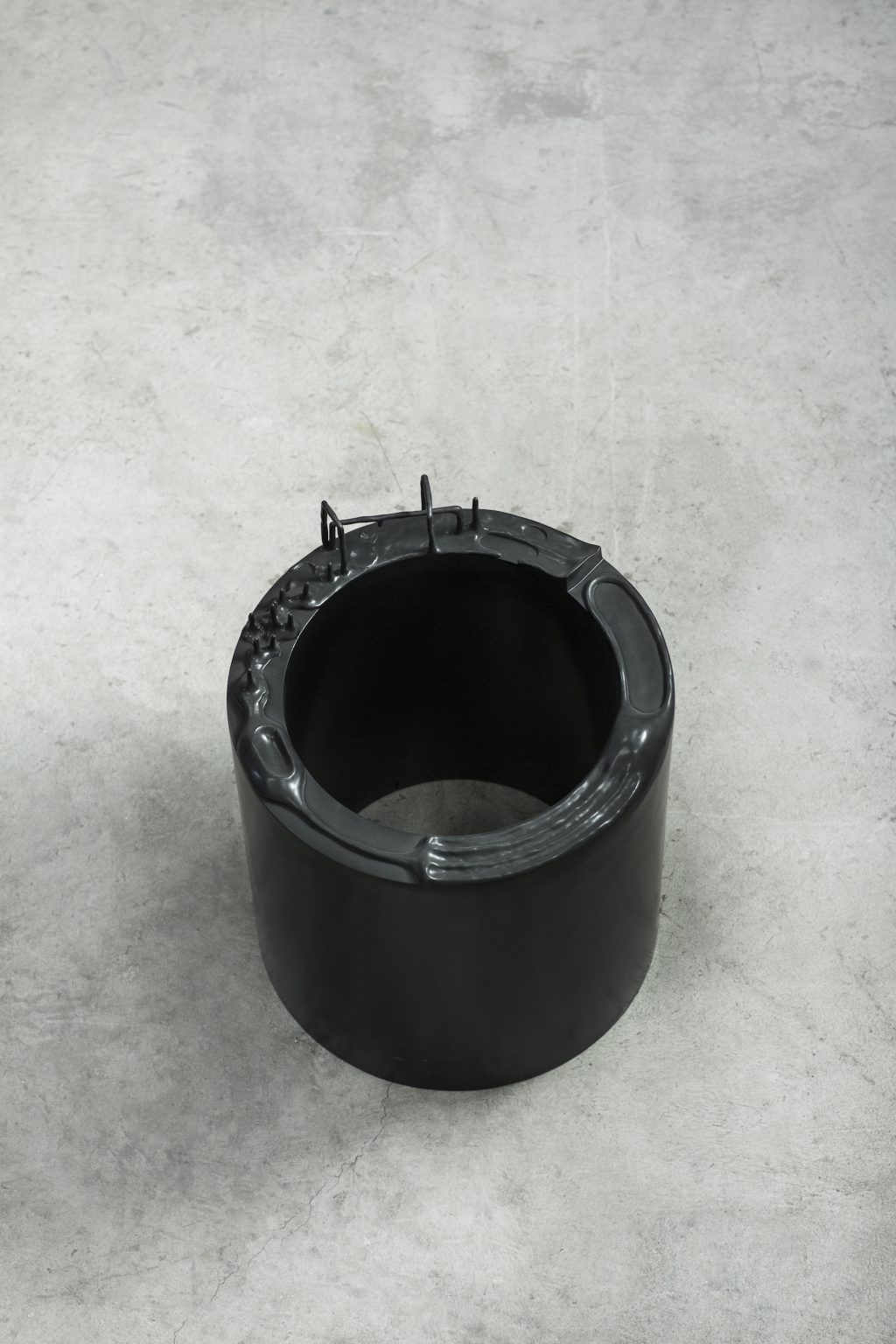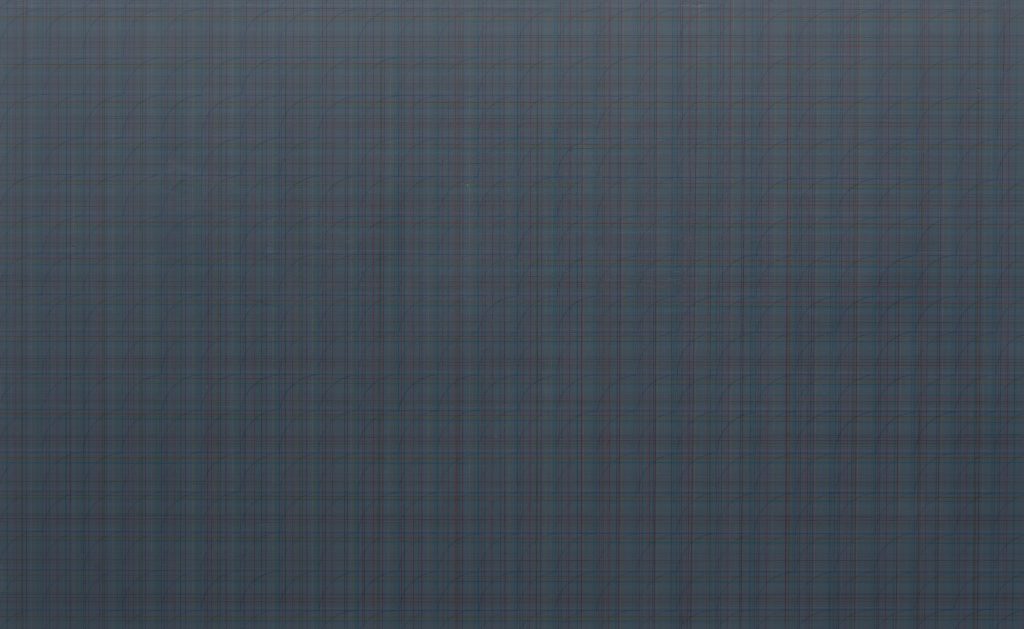TextualExhibition Text
Don Gallery | Shanghai Dandy | Chapter Two: Flâneur in the City | Hu Weiyi, Nabuqi, Zhang Ruyi
The word “sprawl” is loaded with multiple meanings: rampancy, sitting or lying down with legs and arms spread out in a careless way, unlimited expansion of buildings over a wide area, uncontrolled outward growth of a city, etc. In the lightbox (2017) named after it, Hu Weiyi tries the traditional technology of darkroom photography. Using the sensitive emulsion to develop images on clear glass, he makes collages and overlaps, which leads to the coalescence or neutralisation of different images, as well as the deposition and reorganisation of fragmented information.
The nude female bodies on the entire sheets of glass and the corrupted urban sites on broken pieces are superimposed, contributing to an entangling alliance. Constituted by the rhetoric form of semantic bi-orientation, such a composition of metaphor signifies the artist’s self incorporating the character of a dandy-flâneur: Through making, chasing and appreciating the other self-fulfilled with carnal desire, he renders the intoxication and pleasure with the romantic scene while inventing a decadent landscape in the process of displacement, dangerous and strange.
As a bi-directional integration and mutual complement of the inside and outside, Sprawl is veiled with the artist’s understanding of his own state of being. In his eye, all the waste abandoned or replaced by the ornate settings is worth visiting. He wanders through the high streets and the back lanes in Shanghai with interest yet without a specific destination. When peeping into the hackneyed remnants, he finds the most telling witness of the collapsing society.
Having the ruins further ruined is a unique approach that the artist opts for to convey his seeing, and taking the bodies to fill the gaps in between aims toward the assembly of the folding time, which caused the fractured space. Being sensitive to the silent age and resistant to the atmosphere of oppression, the artist intends to work on his relationship with the world during the experience of destruction and deconstruction. Sprawl strikes the memory of a terrain fixed in one’s subconscious to evoke the ready-made history of another kind.
Presented as a sculptural piece though, A View Beyond Space No.1 (2016) sets itself an itinerary to question the understanding of border and barrier framed through one specific and self-contained discipline—critical human geography. Nabuqi attempts to fit into the mould of its politics in the shaping of modern society and process a complete enclosure precisely working in the degrees and forms of spatial agglomeration caused by the interaction of trans-regional entities. The circular structure as a solid physical object mingles with the volume void in-between, where the subtle nuances of earthscapes on top evolve into an epistemological site for the study of territorial discourses.
The artist contributes to the extended investigation into the chaotic state of border-crossing and barrier-breaking. By the consumption of the earth-spectacle for the exchanging narrative of, and in, the globalising world, she builds up an imaginative body to restore the attachment between human and land. Such a commodified marriage projects a voyeuristic zone home to the flâneur or the dandy on the move, who is engaged in the detached, ironic, and somewhat melancholic gazing. The expanded field of border and barrier performed on the contour thus invokes a phatic statement of location, providing the rhetoric basis for the collapsed identity of cosmopolitan cities.
In Copy–1 (2017), Arc–2 (2017) and Architectural Fittings–2 (2017), Zhang Ruyi offers a coherent cluster of experiences and mixed feelings about crossing and in-betweeness. She conducts a clinical analysis of architecture, sculpture, and site in the city for the preparation of specimen by industrial materials, commencing on the anatomy of public space. For this reason, she abstracts the geometric construction and rhythmic utterance from within, meanwhile seizing the skin features of specific objects to satisfy the need of ornament. Ornament is not primarily something by itself that is later applied to something else but belongs to self-presentation.
The cactus moulded by concrete demonstrates the disappearance of pure natural archetypes, and the details of its areoles suggest that the offensiveness and aggressiveness of its body have been excluded from normal conditions. Such mimesis as an act of cultivation reveals the complied ethics in the real world. On this basis, the artist refers to the lived environment for the production of inter-texts connecting façade and pillar. By the installation of the planar and configurational combination of arcs and grids in painting and sculpture respectively, the two architectural elements thus become interpenetrative.





,2017年,混凝土、色粉、木、钢筋、瓷砖,-76-×-42-×-430-厘米-ZHANG-Ruyi-Architectural-Fittings—2-detail-2017-concrete-pigment-wood-steel-ceramic-tiles-76-×-42-×-430-cm-1024x768.jpg)


